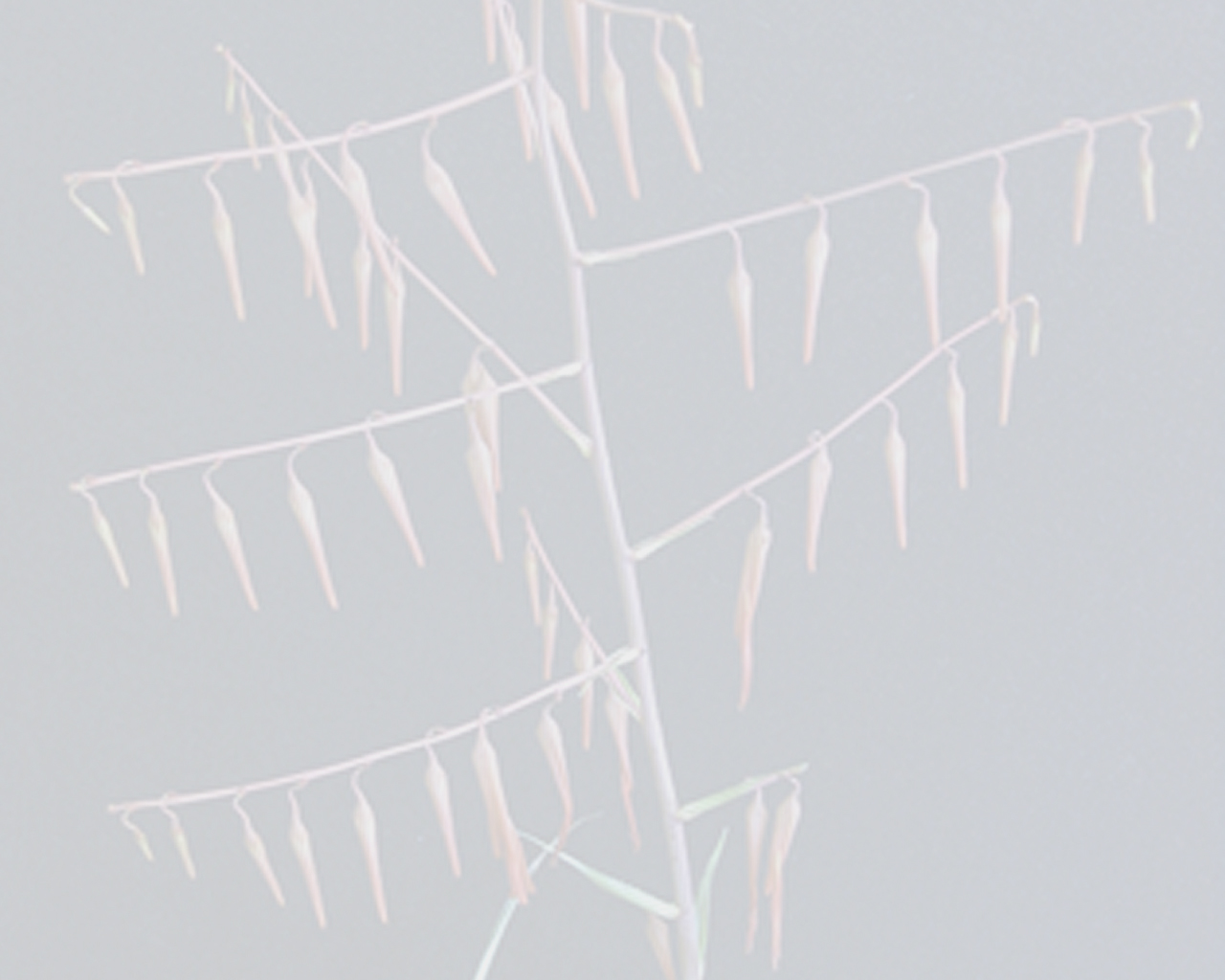Pitcairnia hitchcockiana L.B.Sm.emended L.B.Sm. & Read
Taxonomic Change:
Literature references:
*move your mouse pointer over the page numbers to see comment
Comments:
- In description ,in brackets from P. albo-marginata —See Smith & Downs 1974
- This story starts in 1981 where in the BSI Journal #2 1981 pages 49 and 96 there appeared pictures of Pitcairnia nigra by Dr. H Hemker. In BSI Journal #4 1981 page 178 Werner Rauh wrote that the name of the Pitcairnia on cover page 49 was not P. nigra although that on page 96 was correct. "The cover may be of Pitcairnia puyoensis but I am not quite sure. I have also collected this plant, but have not been able to identify it."
In 1984 Werner Rauh described Pitcairnia albomarginata (Bromelien Studien XV 1984) which was collected near Puyo in central Ecuador and is undoubtedly the plant he was going to call P. puyoensis. In his differential diagnosis he compares his plant with P. hitchcockiana. The differences were " Leaves not distichous, the posterior sepals certainly sharp keeled but not winged; Petals not red but on the contrary are dark blackish violet with white edges."
In De Rebus I in 1994 Pitcairnia albomarginata was made a synonym of P. hitchcockiana. Nothing has been written about the range of petal colour or leaf arrangement we can now expect to find in P. hitchcockiana.
In Bromeliaceas of Venezuela (1987) page 368 P. hitchcockiana is featured and whereas the written description refers to this plant the photograph doesn't.
In Phytologia 41: 331, 339 (1979) L B Smith and R W Read emended the description of P. hitchcockiana and if anyone has access to this would they please let us know the details.
In early 1999 Andrew Maloy of New Zealand was trying to get a Pitcairnia identified and eventually Harry Luther of the Marie Selby Gardens identified it for him . See photograph.
We have also been lucky to have had Hattie Lou and Sam Smith involved in this naming saga.
If there is a moral to this story it would be that even photographs in reputable publications are sometimes in error! —See Hemker 1981 p. 31(2): 49 & 96

